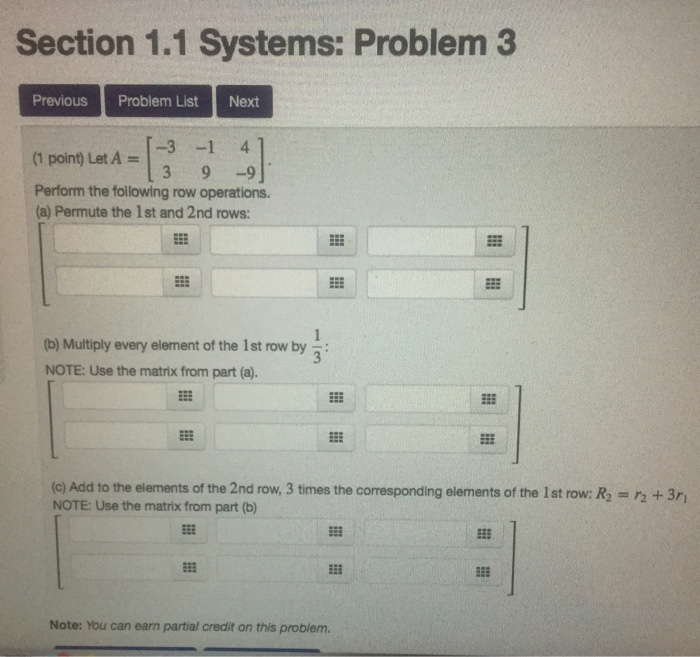Multiplication Table can be set to any multipliers between 3 and 20. Just click the + or - button to change the table. Use the mouse pointer or arrow keys to move from square to square and the multipliers in the top row and left column will be highlighted. You can lock and unlock the highlight by clicking the mouse.
- 1 2 3 1 3 2 of Example 25 in the cycle notation is written as (23). We can combine two such permutations: (12)(23) which means that we rst permute 2 and 3: 1 2 3 7!1 3 2 and then we permute 1 and 2: 1 3 2 7!2 3 1. Let us look next at the group S 3.
- The 3 tens to the tens column. Then multiply the tens, adding the 3 regrouped tens. Write 5 in the tens place and regroup the 1 hundred. Then multiply the hundreds, adding the regrouped hundred. Write 9 in the hundreds place.
This is a complete lesson with explanations and exercises about the standard algorithm of multiplication (multiplying in columns), meant for fourth grade. First, the lesson explains (step-by-step) how to multiply a two-digit number by a single-digit number, then has exercises on that. Next, the lesson shows how to multiply how to multiply a three or four-digit number, and has lots of exercises on that. there are also many word problems to solve.
